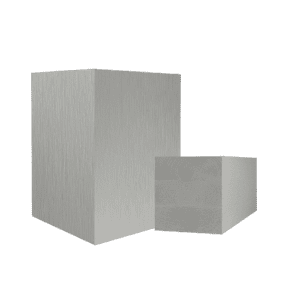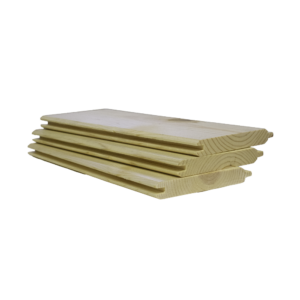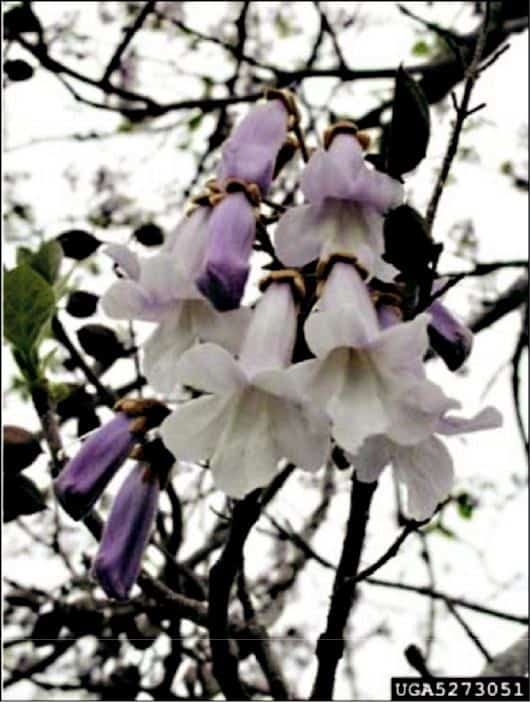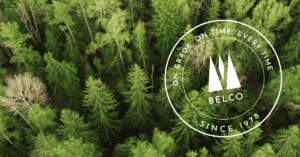(Paulownia) PAW is not considered durable in this Forest Product Lab (FPL) study when exposed to either termites or fungi… Paulownia generally performs no differently than Southern Yellow Pine (SYP), and often became less durable than SYP after extraction and exposure to wood decay fungi.
— Forest Products Lab
Over the past decade or so, the imported wood species Paulownia Tomentosa (PAW) has made commercial headway in the United States. Paulownia is gaining traction as an exterior trim product. There are a few builders in Oregon and parts of the Midwest currently using Paulownia. However, Paulownia durability is still in question. Therefore, this bulletin intends to send a word of caution to those who may be considering Paulownia for exterior applications. Many believe Paulownia is a naturally decay and bug resistant, and a replacement for naturally rot and insect resistant Western Red Cedar or treated wood products. However, it is not.
Material suppliers, designers and builders constantly seek out methods and materials that increase the quality and durability of today’s buildings. This peace of mind relieves both ownership and stewards for environmentally responsible resource management. Therefore, as responsible suppliers and users of wood construction materials, it is important that the wood products industry use proven, high quality products to reduce liability exposure.
About Paulownia Durability
According to the online Wood Database, Paulownia is one of the fastest growing wood species. It is capable of growing up to ten feet per year. Paulonia (PAW) grows plantation style in China. It is also considered an invasive species in southeastern U.S. managed forests. Paulownia is falsely portrayed as ‘naturally decay resistant’ because of its extractive content by weight. Recent Forest Products Lab studies clearly show that assuming levels of extractives by weight is not a guarantee against rot and insects.
The Forest Product Lab Studies
The issue of wood’s extractive content with respect to fungal and insect resistance has long been studied by various researchers. Chief among those is the Forest Products Laboratory in Madison, Wisconsin. Extractives are the non-structural chemical compounds that provide durability to natural wood fiber. Additionally, they are concentrated in the heartwood. They are also a key defense mechanism against many environmental stresses. A 2013 study entitled, “The role of extractives in naturally durable wood species” (FPL-GTR-224 — Kirker, Blodgett, Arango, Lebow, Clausen) exposed eight species to wood decay fungi and termites. The FPL found that even though Paulownia has what is considered to be a high ‘extractive content weight’, it simply didn’t correlate to an expected level of durability performance in testing. PAW showed signs of decay within two years.
Conclusion Regarding Paulownia Durability
For Paulownia to play a reliable role in exterior applications, proper treatment against mold, mildew and insects should be used. The next edition of FPL’s Wood Handbook will include an updated durability rating for Paulownia. A copy of the complete FPL study is available at Belcofp.com.















